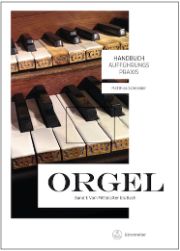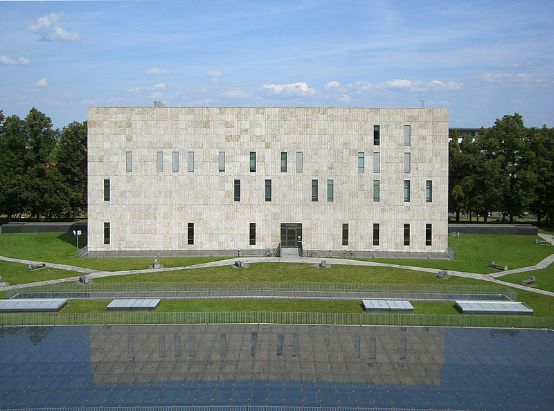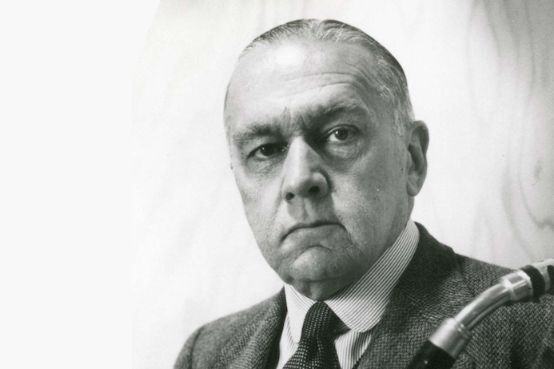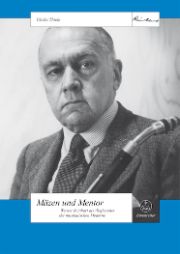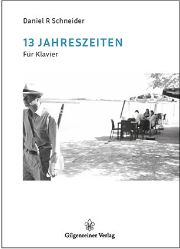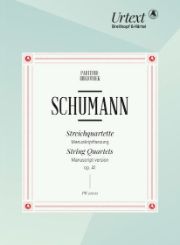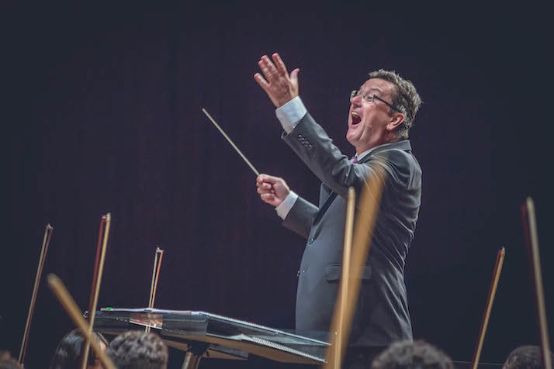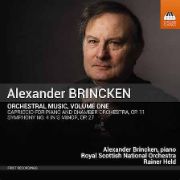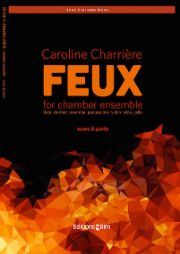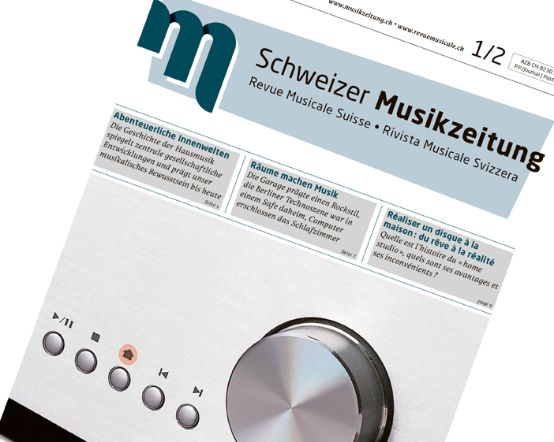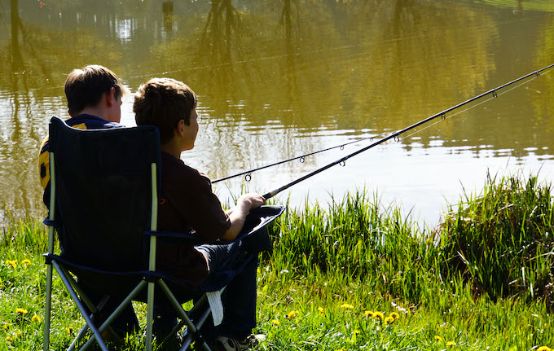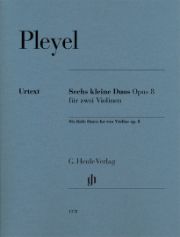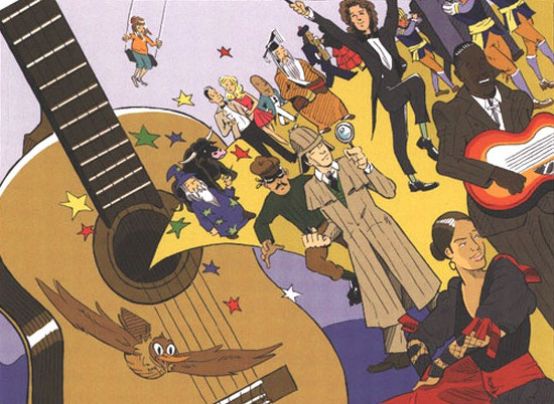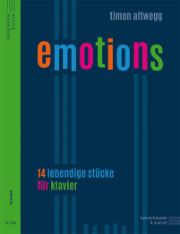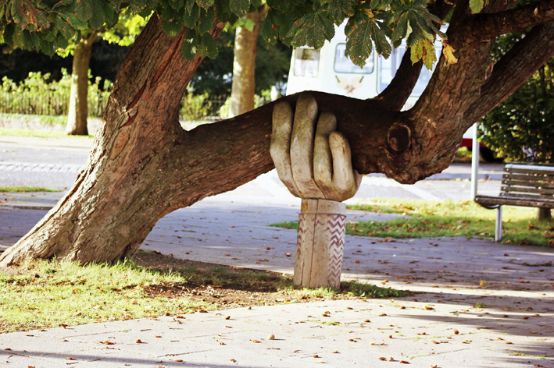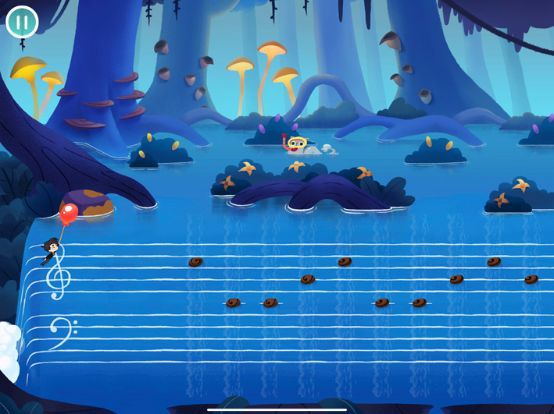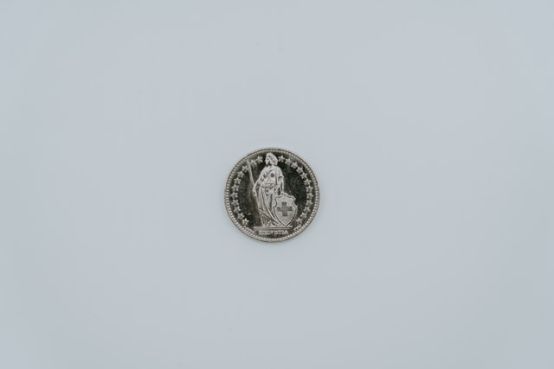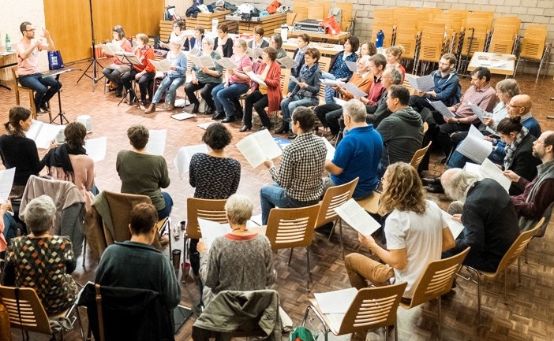Historically informed organ practice
Matthias Schneider is a proven expert on Buxtehude and has now written a book on performance practice on the organ from the Middle Ages to Bach.

There are plenty of specialist books for organists and organ lovers. But so far none that begins in the Middle Ages and leads up to J. S. Bach. None other than Matthias Schneider, lecturer at the University of Greifswald and director of relevant summer vacation courses there, has now written one. It is to be continued in a second volume into the 20th century. After an introduction on notation, historical fingerings etc., ten chapters are devoted to: Medieval-Renaissance, North German organ tablatures, Italian music, Sweelinck and his pupils, Samuel Scheidt, Dieterich Buxtehude, South German, Iberian and French organ music, and finally Bach.
All users of the book are recommended to use it as a reference work. Read about the composer whose work you are working on. One advantage of Schneider's method is that he writes extensively about a few selected works. What you learn here can be applied to other works of the same genre.
Dieterich Buxtehude
Buxtehude is one of Schneider's specialties; he is one of the two editors of the annual journal Buxtehude studies. Here he discusses the composer on 27 pages.
Buxtehude did not yet notate in our musical notation, but in letters (so-called tablature notation). Not a single autograph has survived. The completely unsatisfactory source situation has led to good and unauthorized music editors arriving at very different results. Among the unauthorized ones, Klaus Beckmann stands out negatively because of his so-called "internal textual criticism". Schneider omits a warning against these editions; the problems can be easily identified, for example, by comparing them with the latest and best edition by Michael Belotti (the latter, however, are extremely expensive).
The most common non-choral North German form is called a toccata or prelude (but not prelude and fugue, as was later the case with Bach and his contemporaries). It consists of a number of alternating free and fugal sections. Schneider thoroughly discusses a single example on almost 5 pages, namely the Toccata in d BuxWV 155 with regard to time signatures (tablature notation shows no bar lines), the distribution between pedal (rarely marked Ped.) and manual as well as between the two hands, the articulative separation of motifs, the freedom of the overlay and the freedom to insert ornaments of various kinds. The choice of registrations and manual changes is a matter of interpretation. Whether and in which parts of the form organo pleno is appropriate needs to be considered. The audience's ears should not be strained on instruments from the era of the "organ movement", which often sound excessively sharp and loud.
At the time of Buxtehude, his predecessors and successors, such forms were generally improvised in church services and evening music. Are written compositions therefore merely intended as models? What is refreshing in Schneider's account is the wide range of freedoms. We can see from this that he not only presents musicologically correct information, but also draws on his experience as a course leader.
Schneider presents examples of three ostinato forms and ostinato parts of toccatas for discussion. Choral works receive a similarly free treatment. - Schneider describes Buxtehude's main organ in St. Mary's Church in Lübeck, which was built in 1518, naturally tuned to mean tones. It was enlarged in 1561 and 1598. None other than the famous organ builder Friederich Stellwagen worked independently in Lübeck from 1634. His rebuilding work in St. Mary's Church lasted until 1641. Presumably in 1684, i.e. during Buxtehude's term of office, it was given a compromise tuning in the style of Werckmeister-III. This made keys with many accidentals possible in the first place. This helps to date entire compositions (e.g. Prelude in F sharp minor BuxWV 146) or parts of them (Prelude in C major BuxWV 137 with B major triads).
The following restrictions must be taken into account with historical fingerings: ae voice per hand, scale sections up and down, keys with little use of upper keys. They also do not apply to several polyphonic voices per hand. It should also be borne in mind that all teaching for keyboard instruments was given on the clavichord (with the exception of France's clavecinists in the 18th century). On the sensitive clavichord, each finger must press down the keys as close to the front as possible. This is also the purpose of keyboards in which the lower keys only extend 2 to 2.5 cm beyond the upper keys, compared to today's piano keyboards with 4.5 cm. Finally, in most countries, the "good" fingers 1 and 3 are emphasized relatively, the "bad" 2 and 4 relatively unaccented; in France this is reversed because of the "jeu inégal".
Johann Sebastian Bach
The author devotes 49 pages to him. It is worth reading Schneider's detailed description of the organs played by Bach during his lifetime and the registration instructions of the time. For example, he treats the indication "pro organo pleno" with care and differentiation: Not every prelude, not every fugue can tolerate loud sound. Schneider could have added fundamentally different acoustic conditions and the effects of maritime and continental climates: While large brick Gothic churches with long reverberation predominated in northern Germany, churches in Bach's native Thuringia had many wooden fittings, meaning short reverberation. This enabled Bach to compose rapid harmonic changes without becoming incomprehensible to the congregation. The climate had serious consequences for the organ dispositions: many reeds in northern Germany, only a few in central Germany and reed mixtures containing thirds as a substitute. The basic principle still applies today: play slowly with a long reverberation and use as few and as quiet stops as possible.
Many organs in Bach's time did not have a complete chromatic row in the great octave. Schneider discusses the so-called "short octave", the "broken octave" and the almost universally missing C sharp in all parts of his book. Only the castle church in Weimar had C sharp in the two manuals and in the pedal (contrary to the inaccurate account by Hermann J. Busch, corrected by Jean-Claude Zehnder). Bach stayed in Weimar for 6 months from January 1703, employed at court as "Laquey". In the penultimate piece of the series of partitas on Oh, what am I supposed to do sinner BWV 770 contains the treacherous C sharp once in the left hand. This allows the work to be dated to this period. Schneider deservedly discusses this delightfully youthful work in detail.
Many of Bach's organ works were written during his Weimar period: the Organ bookletthe 17 great chorale arrangements (slightly revised after 1740 as Leipzig chorales more than half of his preludes and fugues and the concerto arrangements after Vivaldi's L'estro armonico op. 3. each genre is discussed in detail in a few examples. Three preludes are missing: A major BWV 536, F minor BWV 534 and C minor BWV 546, for whose fugues Bach's authorship was doubted by David Humphreys and Peter Williams. However, I was able to prove that they were written long before and that the fugue in A major is to be played manually, with the pedal only being added shortly before the end (in: The Organ Yearbook 2008).
Schneider is certainly correct when he writes in the 6 chamber music trio sonatas BWV 525-530, composed for the eldest son Wilhelm Friedemann, that one stop per voice is sufficient, that the left hand can be fingered an octave lower with four feet for more comfortable playability and, above all, that a sixteenth foot is superfluous for the pedal. Schneider could have mentioned the cantatas with obbligato organ from the 1726/27 cycle, also written for Wilhelm Friedemann before he left Leipzig.
What should be added in a second edition of this seminal handbook: cases of temporelations in the "proportio sesquialtera". Here are just two impressive examples: Prelude and Fugue in A minor BWV 543. The crotchets of the measuredly paced prelude, which is laden with many dissonances, take up the same amount of time as three quavers in the alto fugue. The prelude and fugue in G major BWV 541 behave the other way round: whole bars in the same period as half bars in the fugue. Only in this way does the prelude with the Vivace marking develop the necessary effervescence, without a highly exaggerated tempo in the demanding fugue.
Matthias Schneider: Handbuch Aufführungspraxis Orgel, Volume 1: From the Middle Ages to Bach. 267 p. hardcover € 49.95, Bärenreiter, Kassel 2019, ISBN 978-3-7618-2338-5






